A rare genetic mutation known as APOE3-R136S, or the “Christchurch mutation,” appears to protect against Alzheimer’s disease by suppressing inflammatory signaling in the brain’s immune cells.
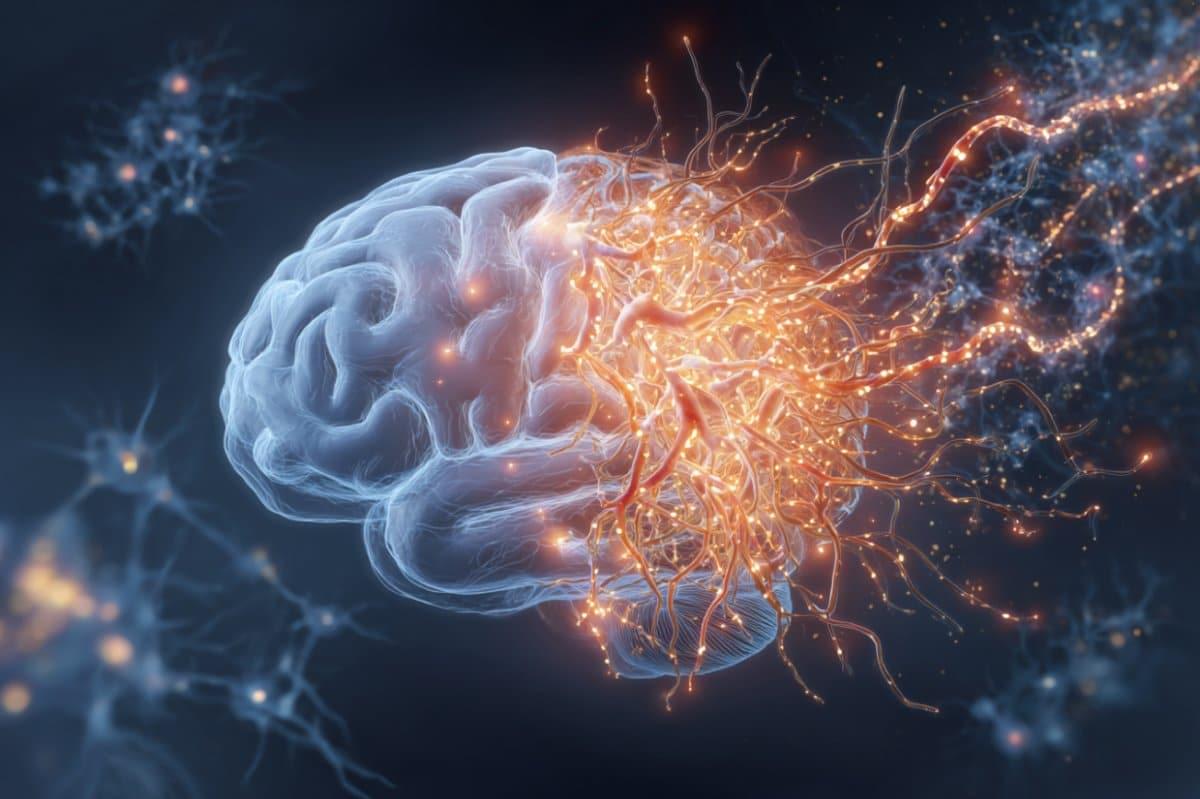

Today, at the Living Planet Symposium, ESA revealed the first stunning images from its Biomass satellite mission—marking a major leap forward in our ability to understand how Earth’s forests are changing and exactly how they contribute to the global carbon cycle. But these inaugural glimpses go beyond forests. Remarkably, the satellite is already showing potential to unlock new insights into some of Earth’s most extreme environments.
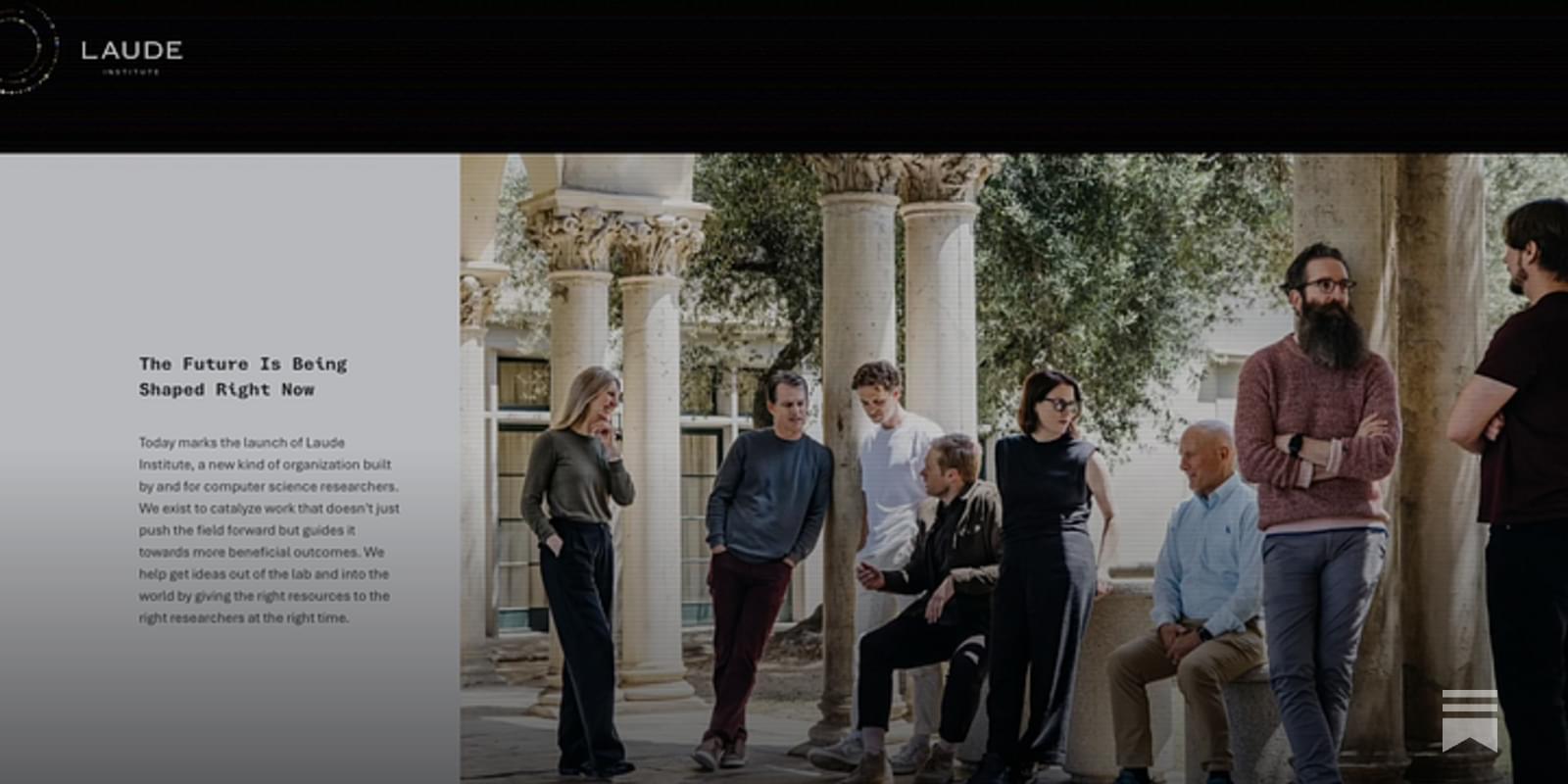
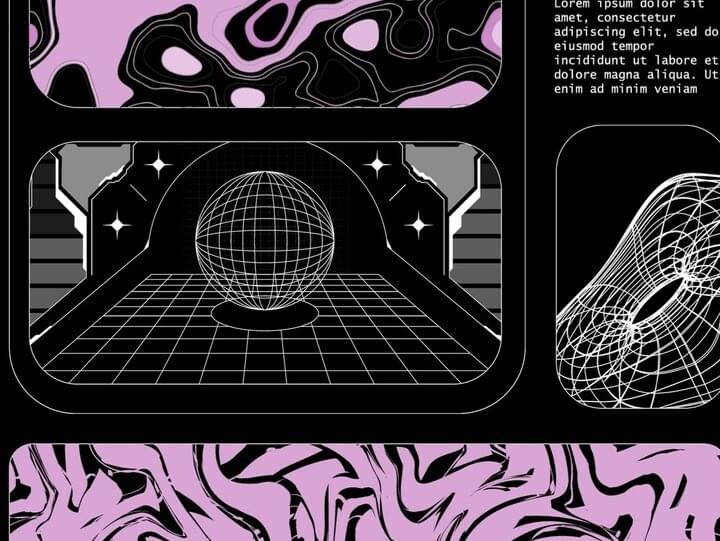

And an increased all-cause mortality risk…
Join us on Patreon! https://www.patreon.com/MichaelLustgartenPhD
Discount Links/Affiliates:
Blood testing (where I get the majority of my labs): https://www.ultalabtests.com/partners/michaellustgarten.
At-Home Metabolomics: https://www.iollo.com?ref=michael-lustgarten.
Use Code: CONQUERAGING At Checkout.
Clearly Filtered Water Filter: https://get.aspr.app/SHoPY

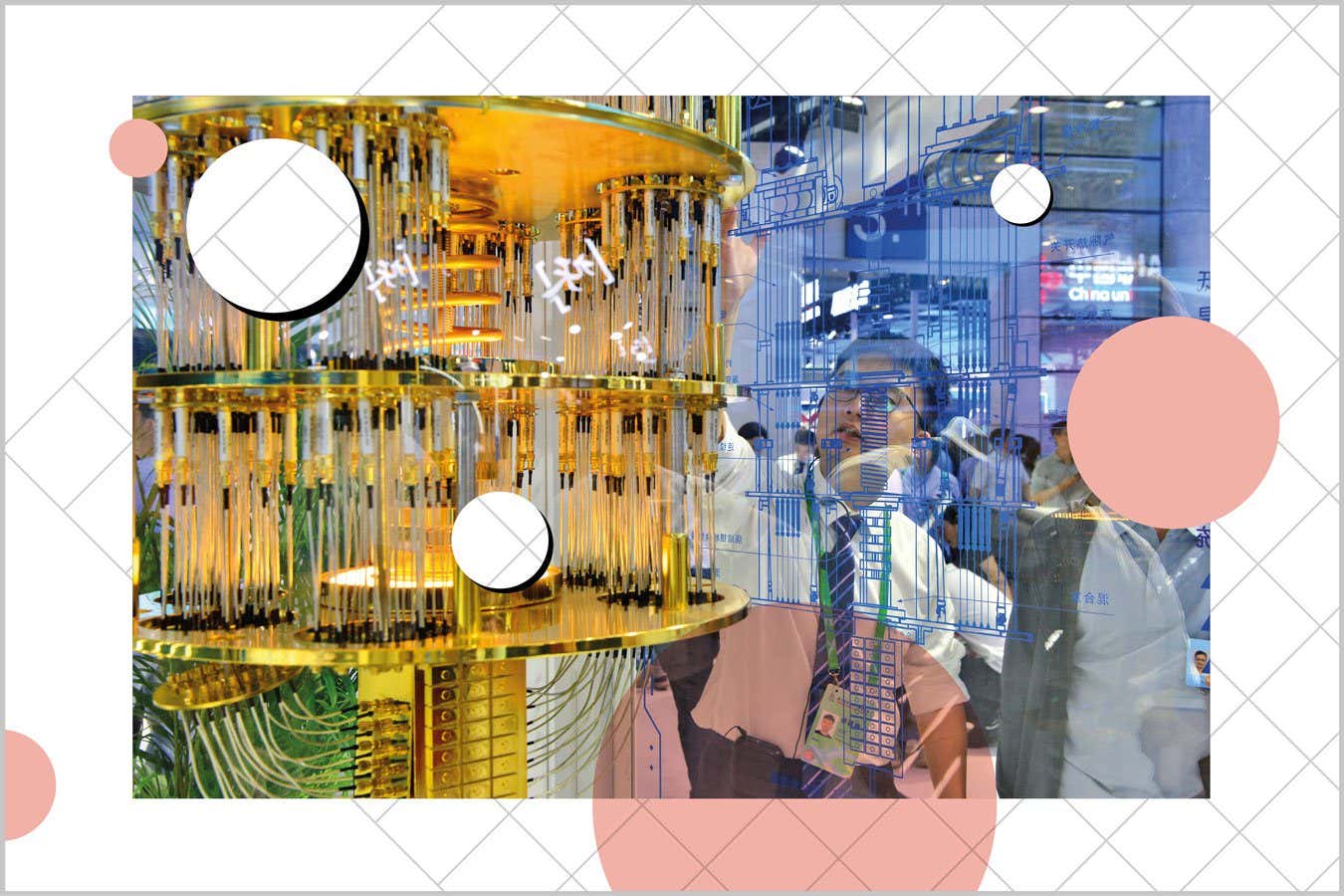
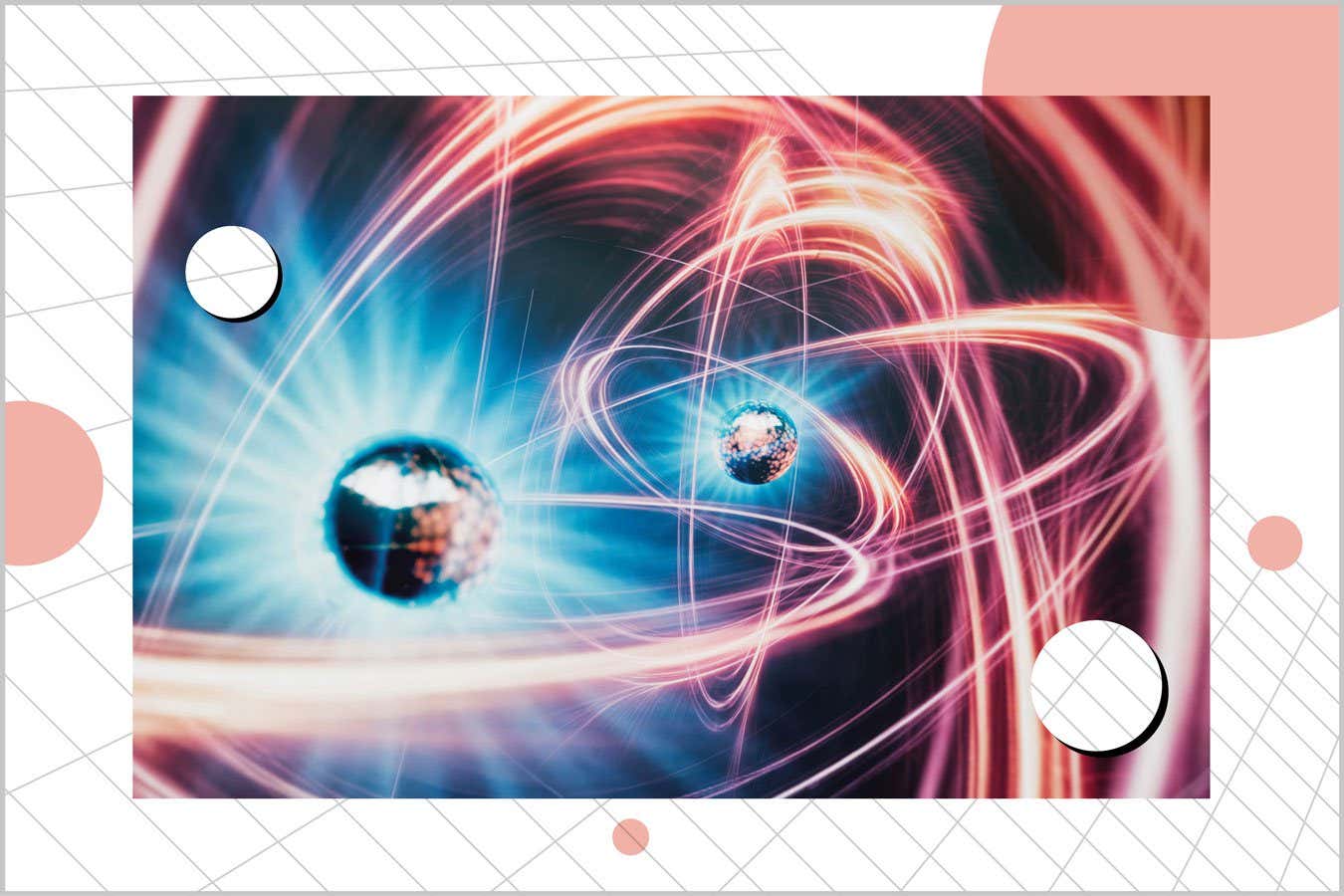
Support us! https://www.patreon.com/mlstProfessor Murray Shanahan is a renowned researcher on sophisticated cognition and its implications for artificial int…